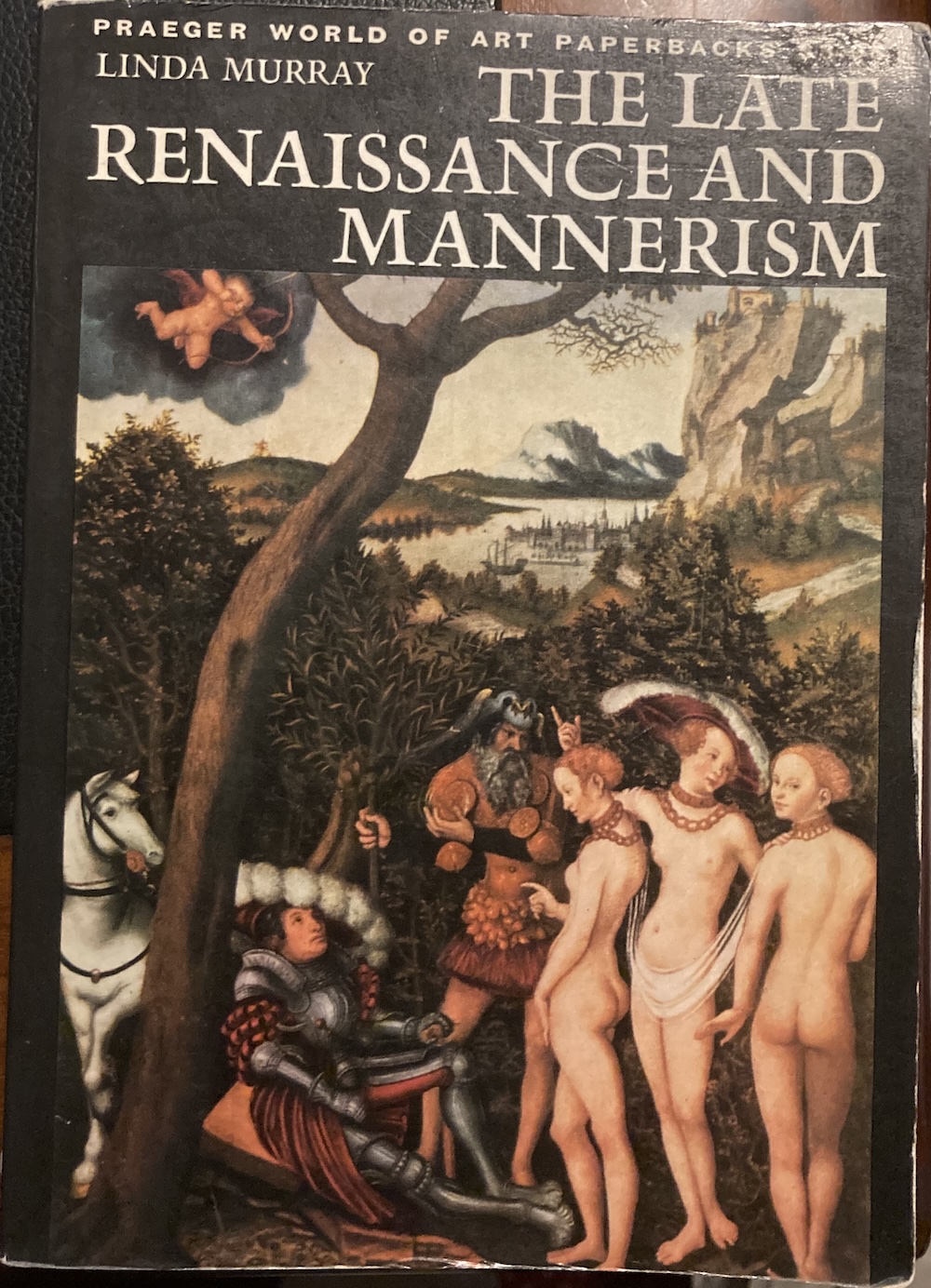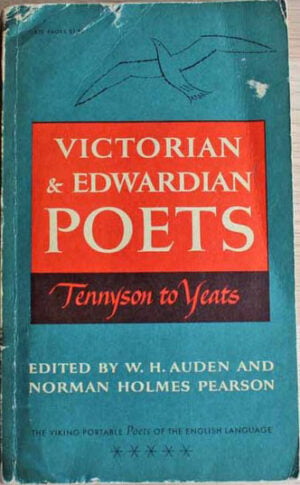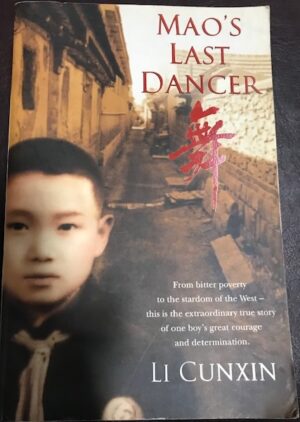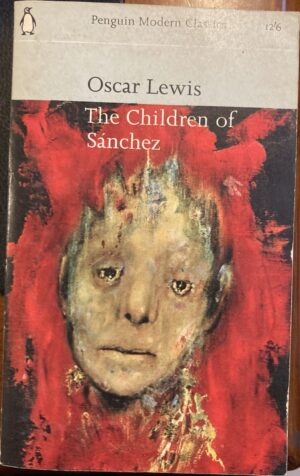The Late Renaissance and Mannerism
By Linda Murray
$10.00
In Italy, the High Renaissance virtually ended with the death of Raphael in 1520, and within a generation the classical perfection of the early sixteenth century was supplanted by new and very different ideals. The Renaissance forms lingered on in Venice, but elsewhere the nervous and refined sensibility summed up in the word “Mannerism” predominated..
Linda Murray describes the extremely important part Michelangelo played in the transition from the simplicity of early High Renaissance art to the more complex and sophisticated style of the later sixteenth century. His Last Judgment, the last pietà groups, and the designs for St. Peter’s and the Capitol square all date from the period covered in this book. In her account of the spread of Mannerism in Central Italy between 1520 and 1590, Mrs. Murray discusses Giulio Romano, Pontormo, Bronzino, Parmigianino, and the sculpture of Benvenuto Cellini; Peruzzi and Vignola, the leading architects in Rome after the sack of is27; Palladio, Sansovino, and Sanmichele, the great creators of Venetian architecture; and Veronese and Tintoretto, Titian’s successors in Venice.
The second half of the book describes the Renaissance in the North.
Holbein’s career is followed in Germany and England. The Renaissance reached France through Italian immigrant artists, and French Renaissance architecture came into being with the works of Lescot and Philibert de l’Orme. In Flanders, Matsys was the first major exponent of “Antwerp” Mannerism. But the author believes that only a few men, such as Dürer, Brueghel, and Holbein, understood the difference between true Italian Mannerism and what was merely the literal imitation of Italian forms without the classical basis which gave them their validity.
Finally, in Spain, the most complete expression of Mannerism was embodied in the astonishing art of El Greco.
In stock





